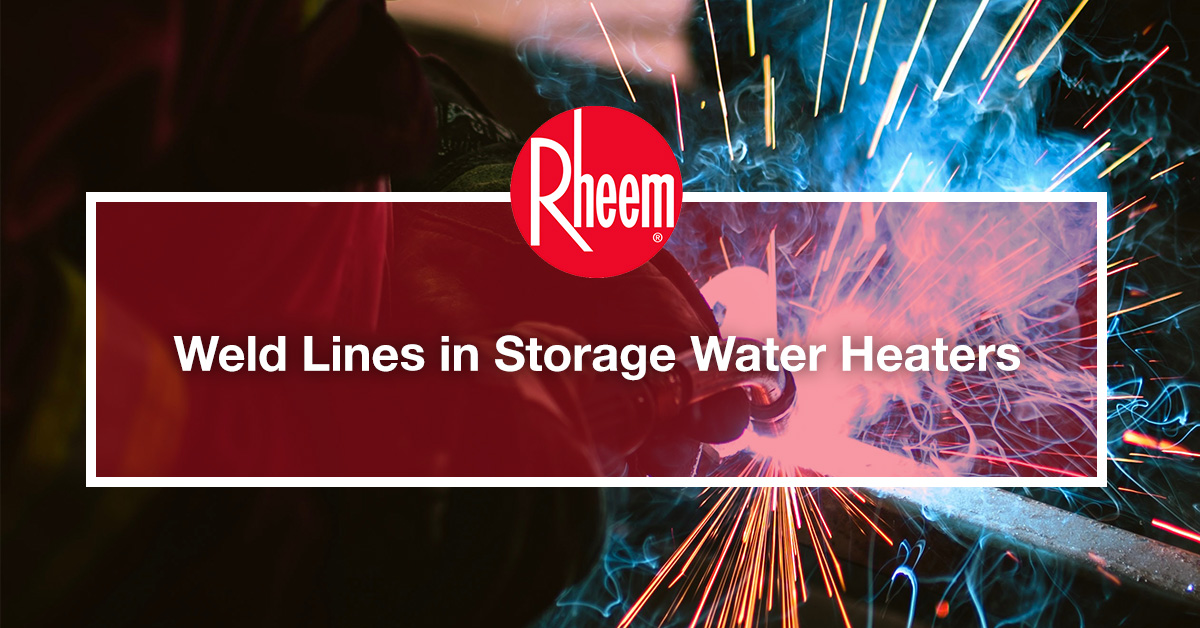-
Products
- Residential
- Commercial
- Home Enhancements
- Warranties
- Promotions
- Find a Dealer
- Sustainability
- Blog
- Contact
- Why Rheem
-

- Countries

As a homeowner, you probably have spent a lot of time noodling over which kind of water heater—instant or storage—will be best for your home. If you’ve done your fair share of research, you might have given thought to storage water heaters or might have even gotten one for your home. As the name implies, this sort of water heater comes with an in-built storage tank, where water is heated and stored.
Unlike instant water heaters, storage water heaters act as a centralised water heating system, which supplies hot water to multiple usage points such as the basin, kitchen, bathtub and shower tap. And storage water heaters have a surefire way of getting good water pressure even when multiple people are using water in the house simultaneously. With this kind of water-supplying ability, they’d naturally need to hold copious amounts of water, which also means they’re generally bulkier in size.
The durability of storage water heaters are generally dependent on the manufacturer using right materials and having excellent craft. Majority of the storage water heaters in the market use different materials for different parts. Common materials used are aluminium alloy, copper, stainless steel, low carbon steel, etc., depending on which compartment they’re used. With its magnitude and complexity, it’s quite impossible to mould a storage tank completely on its own. What most manufacturers do is to mould three separate parts—top, middle, bottom—and weld them together, meaning that there will be two weld lines on their storage tanks. However, Rheem moulds just two parts, which results in only one single weld line on its entire surface on the storage tank.
Generally, weld lines are indications of vulnerable points. Why is that so? Let’s put it this way: when an area of a material is a full piece on its own, its density is consistent, and so is its bearing capability. On the other hand, the material consistency changes at the weld lines. A welded line means a weaker area in that part which can cause breakage when that part undergoes any sort of impact or stress. Having a single weld line, as opposed to multiple weld lines, simply means that there are a lot fewer vulnerable areas, which essentially translates to a more durable and long-lasting tank.
Would you have known that an insignificant thing like weld lines would’ve made a difference in the longevity of your storage water heater if we hadn’t mentioned anything? Could’ve fooled us too! If you’re thinking about getting a new storage water heater or finding a replacement for your home, choose one with a single weld line, such as those provided by Rheem. Check out our range of storage water heaters here.
Subscribe

At Rheem, we strive to innovate
best-in-class products to lead the industry
in
environmental improvements.
Sustainability

